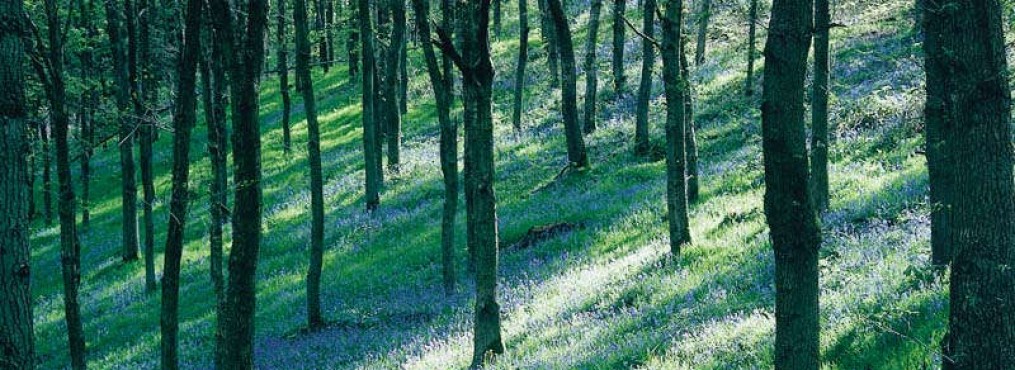Clean Energy From Mountain Streams
Despite lovely views over the Usk valley, the farm at Llwmws in the Brecon Beacons lives up to its Welsh name, which literally means ‘cold, desolate or bare’. The north-facing slopes provide rough grazing for hardy Welsh sheep but little else, and the sun disappears behind the hilltops at 1.30 in the winter. The stream that bounces and plays its way down the hillside has, until recently, been such an insignificant part of this bleak landscape that generations of farmers on the hill have failed to give it a name. The current farmer, George Smith says it has been of more interest to his children, who love to play in it, erecting rock and pebble dams, than to anyone else.
Hundreds of ordinary people were interested enough in this little stream, and another similar one on neighbouring land, to invest £270,000 in them. Why? Because within a year, as ‘micro hydro’ schemes they will be providing enough electrical energy to power 57 homes in such a low tech, unobtrusive way that George Smith’s children won’t even notice the difference in their dam-building.
Many investors come from George Smith’s own village, Llangattock, a settlement of 425 homes, a mixture of modern bungalows and traditional hill farms scattered along a tributary of the River Usk. Four years ago, the village announced its intention of becoming Britain’s first ‘carbon negative’ community by 2015. A bold claim, but four years on, they are still on track: the allotments group farms a field of new vegetable plots and has resurrected the annual village fete, the litter picking group recycles more than three quarters of the 1265 bags of rubbish it gleans from 70 miles of verge and a group buying club has raised money to put solar panels on several home and barn roofs.
The village has formed its own Community Interest Company, Llangattock Green Valleys (LGV). Founding director Michael Butterfield, a former publican who co-ordinates the energy, expertise and enthusiasm of his neighbours from his home in the village says: “It’s amazing what a small community can do when it puts its mind to it. So often societies switch off and retreat behind their front doors, but if you bang the community drum, people wake up. We have a marvellous resource of younger families as well as retired financiers, engineers and businesspeople who are now lending their expertise.”
He says a century ago, there were sixteen water mills along the valley. The village is simply resurrecting a tried and tested technology.
One Llangattock family, Rob and Marcel Smith have subscribed to the share offer. Involved in the litter picking group, the Smiths were also the first homeowners in the village to put solar panels on their roof using money from the Community Interest Company. Rob, a vet, says: “We have always been interested in environmental issues and our teenage daughter is on her school’s eco-committee. I like that the technology has been around for centuries.”
The interest in the micro hydro scheme – raising £270,000 in two months from small-scale investors with a maximum individual stake of £10,000 – reveals much about support for renewable energy both in Llangattock and around the UK. There has been sharp growth in these so-called Community Energy schemes – small-scale renewable projects based around local resources such as streams, solar panel-clad village hall roofs and patches of derelict woodland brought back to life through biomass (wood-fired) projects.
Rodney Archard, a retired physicist and school master from Hereford, is a classic example of the new kind of investor in energy. In total he has invested under £10,000 in a variety of schemes, including a restored water mill near Cleobury Mortimer and a biomass project in Herefordshire. “These projects are a non-polluting, fairly benign way to exploit the earth’s resources,” he says. “I have been interested in green energy for a while, but as a hill walker I have a real loathing for on-shore wind turbines.”
Jeremy Thorp, of Share Energy, an organisation which helps communities turn their rivers and woodlands into sources of energy says co-operative share offers are one of the only ways to fund small-scale renewable energy as grants are scarce and banks are wary of loans even though the Llangattock scheme, for example, offers five per cent return. “People like to feel they own energy production in their locality and the growth in these schemes is very much in response to the perceived unfairness of the ‘Big Six’,” he says.
As for George Smith, not only is his stream an illustration of how the people of Llangattock are taking control over their energy needs and doing something about climate change, but, “In twenty years’ time, that stream will be my pension”.
